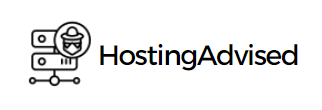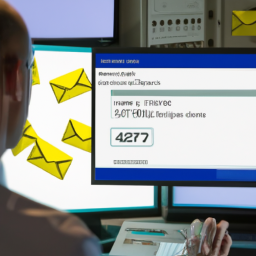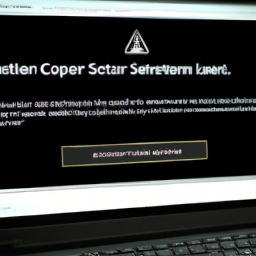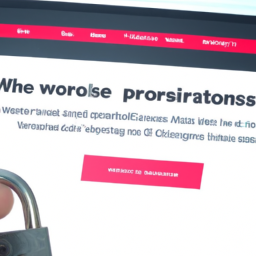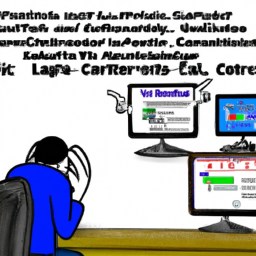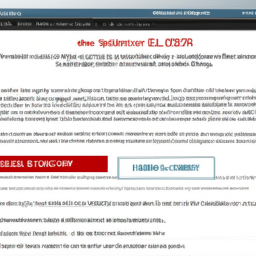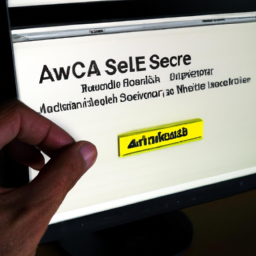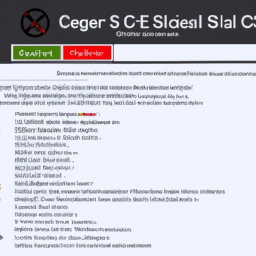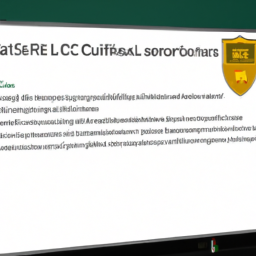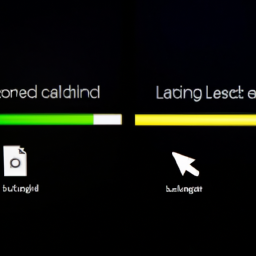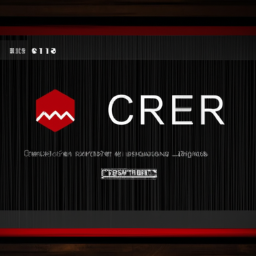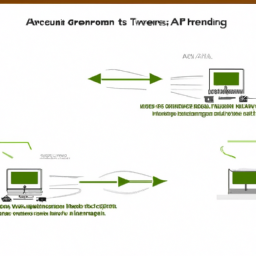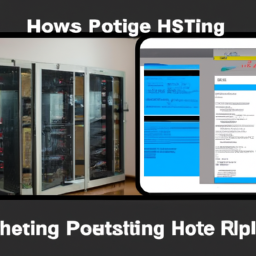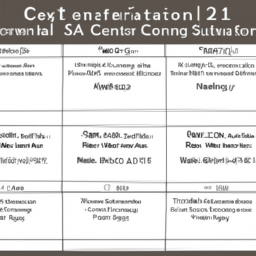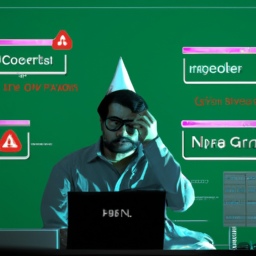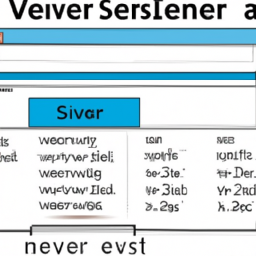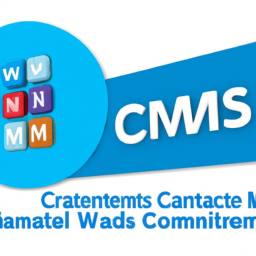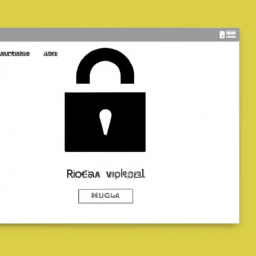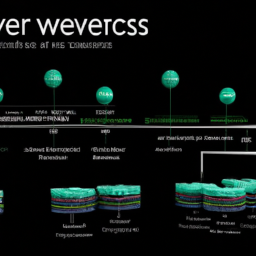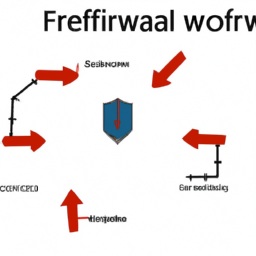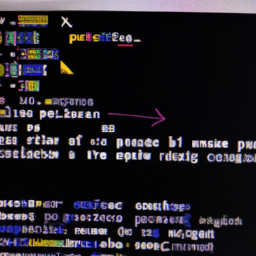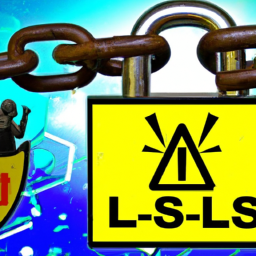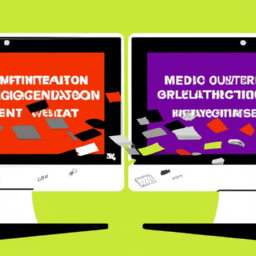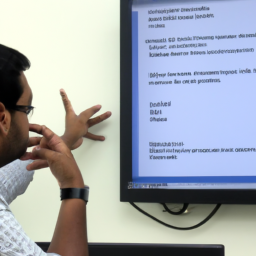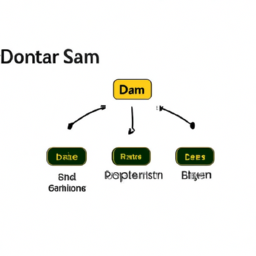Are you tired of your important emails ending up in the spam folder or being blocked by recipients’ filters? If so, understanding email authentication is crucial for enhancing your delivery success.
In this article, we will explore the ins and outs of email authentication, including SPF (Sender Policy Framework), DKIM (DomainKeys Identified Mail), and DMARC (Domain-based Message Authentication, Reporting, and Conformance). By implementing these authentication methods, you can ensure that your emails are not only delivered successfully but also trusted by recipients.
We will also discuss best practices for implementing email authentication to optimize your delivery rates and protect your domain reputation. As technology evolves, email authentication becomes increasingly important, and staying ahead of the curve is essential.
Join us as we delve into the world of email authentication and unlock the secrets to achieving delivery success.
Key Takeaways
- Email authentication methods such as SPF, DKIM, and DMARC are crucial for successful delivery and preventing emails from being flagged as spam.
- Implementing DMARC increases email deliverability, protects against fraud, and improves brand reputation.
- Gradual deployment, aligning SPF and DKIM records, and regularly reviewing DMARC reports are best practices for implementing email authentication.
- The future of email authentication includes advancements like DMARC, AI, and machine learning, which ensure safer and more reliable communication.
The Importance of Email Authentication
Email authentication is crucial for ensuring that your emails reach the intended recipients and do not end up in spam folders. It plays a vital role in email deliverability and email security. By implementing email authentication protocols, you can establish the legitimacy of your emails and prevent them from being flagged as spam.
This not only improves your chances of reaching your audience but also enhances your reputation as a trustworthy sender. Email authentication involves verifying the identity of the sender through various methods, such as SPF (Sender Policy Framework), DKIM (DomainKeys Identified Mail), and DMARC (Domain-based Message Authentication, Reporting, and Conformance).
SPF, for example, allows the recipient’s email server to check if the email comes from an authorized source. Understanding these authentication methods is essential for maximizing the success of your email delivery and maintaining a secure communication channel.
SPF (Sender Policy Framework)
SPF, or Sender Policy Framework, helps prevent email spoofing and ensures legitimate emails are delivered successfully. SPF implementation involves creating an SPF record in the DNS (Domain Name System) for your domain. This record specifies which IP addresses are authorized to send emails on behalf of your domain.
When an email is received, the recipient’s server checks the SPF record to verify if the sending server is authorized. If the SPF check fails, the email may be marked as spam or rejected altogether.
To implement SPF, you need to identify the IP addresses of your legitimate email servers and add them to your SPF record. This helps email receivers identify and trust your emails, reducing the chances of them being marked as spam.
Now let’s move on to the next section about DKIM (DomainKeys Identified Mail).
DKIM (DomainKeys Identified Mail)
DKIM, a powerful email authentication method, adds an encrypted digital signature to your outgoing messages, ensuring their integrity and providing recipients with a reliable way to verify their authenticity. Implementing DKIM involves the following steps:
-
Generate DKIM keys: Generate a pair of cryptographic keys, one private and one public, within your email server.
-
Publish the public key: Add the public key to your DNS records as a TXT record, allowing recipients to retrieve and verify the signature.
-
Verify DKIM signatures: Recipients receiving your emails can use the public key to verify the DKIM signature and ensure the message hasn’t been tampered with during transit.
DKIM offers several benefits, including:
-
Improved email deliverability: ISPs and email service providers consider DKIM-signed messages more trustworthy, increasing the chances of successful delivery.
-
Protection against spoofing and phishing: DKIM prevents attackers from impersonating your domain, reducing the risk of phishing attacks.
-
Enhanced email reputation: By implementing DKIM, you demonstrate a commitment to email security, which can positively impact your reputation as a sender.
Now, let’s explore the next topic, ‘DMARC (Domain-based Message Authentication, Reporting, and Conformance)’.
DMARC (Domain-based Message Authentication, Reporting, and Conformance)
In this section, you’ll gain an understanding of DMARC and how it effectively prevents unauthorized use of domain names.
DMARC, which stands for Domain-based Message Authentication, Reporting, and Conformance, is a powerful email authentication protocol.
By enabling organizations to set policies for email authentication and reporting, DMARC ensures that only authorized senders can use their domain names.
This reduces the risk of email fraud and spoofing.
Understanding DMARC
To improve your email delivery success, understand DMARC by visualizing it as a protective layer for your email authentication. DMARC, or Domain-based Message Authentication, Reporting, and Conformance, works by enabling organizations to set policies for email authentication and providing feedback on the results.
Implementing DMARC offers several benefits, including increased email deliverability, protection against email spoofing and phishing attacks, and improved brand reputation.
To help you better grasp the concept of DMARC, consider the following sub-lists:
DMARC Basics:
- Understanding how DMARC works
- Configuring DMARC policies
- Interpreting DMARC reports
Benefits of Implementing DMARC:
- Enhanced email deliverability
- Protection against email fraud
- Improved brand reputation
Best Practices for DMARC Implementation:
- Gradual deployment and monitoring
- Aligning SPF and DKIM records
- Regularly reviewing DMARC reports
Understanding how DMARC prevents unauthorized use of domain names is crucial for protecting your organization’s email ecosystem and ensuring the integrity of your communications.
How DMARC Prevents Unauthorized Use of Domain Names
In the previous subtopic, we discussed DMARC and its role in email authentication. Now, let’s delve into how DMARC prevents unauthorized use of domain names.
Cyber attackers often target email authentication systems to gain unauthorized access to domain names. They employ various types of attacks, such as spoofing, phishing, and domain hijacking, to deceive recipients and manipulate the email authentication process.
If your domain name has been unauthorizedly used, there are steps you can take to mitigate the damage. First, identify the source of the unauthorized use by analyzing email headers and logs. Then, report the incident to your email service provider and domain registrar, who can assist in taking corrective measures.
By implementing DMARC, you can proactively protect your domain name from such attacks.
Moving forward, let’s explore the best practices for implementing email authentication to further enhance your email delivery success.
Best Practices for Implementing Email Authentication
Enhancing your email delivery success starts with implementing best practices for email authentication. Proper implementation of email authentication can help address the challenges and common misconceptions associated with it.
To ensure the effectiveness of your email authentication, consider the following best practices:
-
Implement SPF (Sender Policy Framework) to specify which IP addresses are authorized to send emails on behalf of your domain.
-
Utilize DKIM (DomainKeys Identified Mail) to digitally sign your emails, providing a way for the recipient to verify the authenticity of the sender.
-
Enable DMARC (Domain-based Message Authentication, Reporting, and Conformance) to monitor and enforce email authentication policies, protecting your domain from unauthorized use.
By following these best practices, you can enhance the security and delivery success of your emails. Looking ahead, the future of email authentication lies in continuous advancements and improvements to combat evolving threats and ensure safe and reliable communication.
The Future of Email Authentication
Exciting advancements and improvements are shaping the future of email authentication, ensuring safer and more reliable communication for all users. As technology continues to evolve, so does the need for stronger email authentication protocols.
One of the future advancements in this field is the implementation of Domain-based Message Authentication, Reporting, and Conformance (DMARC), which provides a comprehensive solution for email authentication. DMARC helps to prevent email spoofing and phishing attacks by allowing senders to specify policies for their email domains.
Another evolving technology is the use of artificial intelligence and machine learning algorithms to analyze email patterns and identify potential threats. This advanced analysis can detect anomalies and suspicious activities, providing an additional layer of security.
With these future advancements and evolving technologies, email authentication is becoming more robust and effective in protecting users from malicious attacks.
Frequently Asked Questions
What are the potential consequences of not implementing email authentication?
Not implementing email authentication can have severe consequences for your email delivery. Your sender reputation will suffer, leading to a higher likelihood of your emails being marked as spam or blocked by email providers.
According to a study by Return Path, 69% of email recipients report email as spam based on the sender’s reputation. This means that without email authentication, your messages may never reach the intended recipients, resulting in lost opportunities and diminished communication effectiveness.
Are there any industry standards or regulations that require email authentication?
Yes, there are industry standards and regulatory requirements that mandate email authentication. These standards ensure the authenticity and integrity of email messages, mitigating the risk of fraud and phishing attacks.
Organizations such as the Internet Engineering Task Force (IETF) and the Messaging, Malware and Mobile Anti-Abuse Working Group (M3AAWG) have developed protocols like SPF, DKIM, and DMARC, which are widely adopted and recommended for implementing email authentication.
Compliance with these standards is crucial for ensuring secure and trusted email communication.
How does email authentication impact email deliverability and inbox placement?
To ensure email deliverability and inbox placement, it’s crucial to implement email authentication measures. These measures include SPF (Sender Policy Framework) and DKIM (DomainKeys Identified Mail). SPF allows the recipient’s email server to verify the sender’s authorization to send emails on behalf of the domain. DKIM uses digital signatures to verify the authenticity and integrity of the email.
Additionally, implementing DMARC (Domain-based Message Authentication, Reporting, and Conformance) provides further protection. DMARC specifies how email servers should handle unauthenticated emails. When implementing DMARC, it’s important to monitor and analyze email delivery data. Gradually implementing strict policies and regularly reviewing reports help fine-tune email authentication settings.
Can email authentication prevent phishing and spoofing attacks?
Email authentication plays a critical role in protecting personal information by preventing phishing and spoofing attacks. It verifies the authenticity of the sender’s identity, ensuring that emails aren’t forged or manipulated. However, there are common misconceptions about its effectiveness.
Implementing email authentication protocols like SPF, DKIM, and DMARC greatly reduce the risk of unauthorized access to personal data. It’s essential to educate users about the importance of email authentication to enhance cybersecurity and safeguard personal information.
Is email authentication compatible with all email service providers and email clients?
Yes, email authentication is compatible with most email service providers and email clients. However, there are common challenges in implementing it. These include configuration issues, lack of standardized protocols, and varying levels of support from different providers.
To ensure successful implementation, it’s important to follow best practices for configuring email authentication across different service providers. This involves understanding the specific requirements and guidelines of each provider and properly configuring the necessary authentication protocols.
Conclusion
Congratulations on completing the article! You’ve gained a comprehensive understanding of email authentication and its significance in ensuring successful email delivery.
By implementing SPF, DKIM, and DMARC, you’ve fortified your email infrastructure against potential threats. This boosts your credibility and protects your recipients from spam and phishing attacks.
Following best practices and staying updated on the evolving landscape of email authentication will guarantee a secure and reliable communication channel.
Embrace the future of email authentication and witness the unparalleled triumph of your messages reaching their intended destinations unscathed.
